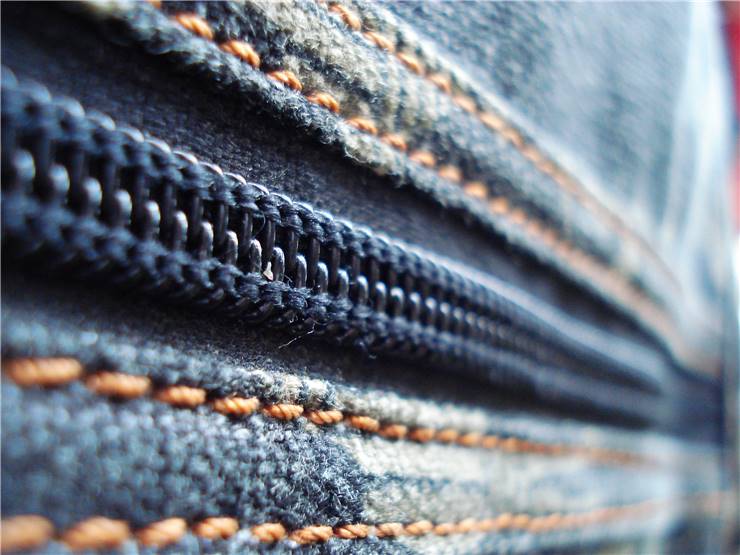Zipper History - Who Invented Zipper?
Zipper (also known as zip or zip fastener) is a mechanical device used to connect two edges of the fabric. It has a variety of uses in clothes, luggage, camping gear and sporting goods. Modern zippers are made to have of two rows of protruding teeth which are made to interconnect and lock when they pass through the slider which is also a part of the zipper. They can have different principal uses. They can increase or decrease the size of an already existing opening to allow or restrict the passage of objects like in case of a fly of trousers or of a dress or skirt. They can also be used to connect and separate two edges of the same garment, for instance front of a jacket. Detachable parts of garments can be attached with zippers and zippers can also be used as decoration (without practical use, just a detail on the clothes).
Like many inventions, zipper is also the result of series of ideas by many inventors. It all started with Elias Howe who invented the sewing machine. He received a patent in 1851 for an "Automatic, Continuous Clothing Closure". General idea was to two sew reinforcements to two edges of cloth and connect them with small metal clasps. Clasps would be connected to each other with a strip of wool and separated from each other. When the strip is pulled it would drag strips along, separate them from each other and close opening between the clothes. Pushing of clasps together would open the opening again. Because of success of sewing machine, Elias Howe didn’t market his invention too much. In 1890Max Wolff from Moscow invented a typo of zipper whose teeth were made from in a shape of spiral but because of inadequate technology of the time that type of zipper didn’t appeared on the market until 1950s. In 1893, Whitcomb Judson invented and marketed a "Clasp Locker", a sort of hook-and-eye shoe fastener. He joined forces with Colonel Lewis Walker and launched the Universal Fastener Company to manufacture the new device. The same year, "Clasp Locker" was shown at Chicago World's Fair and also had very little commercial success because of high price and unreliability. After the Universal Fastener Company was reorganized as the "Fastener Manufacturing and Machine Company" it hired an electrical engineer Gideon Sundback in 1906 who quickly took position of a head designer who in 1913 had designed the modern zipper. He increased the number of teeth per length, made both sides to have teeth in the same shape. He also invented the manufacturing machine that made the new device that was called "Separable Fastener". B. F. Goodrich Company name device “zipper” in 1923. First use for zippers was for closing boots and tobacco pouches. It took a while for fashion to take zippers in consideration as substitution for buttons and first in children's clothing because children could dress themselves with zippers.

Today there are many different types of zippers. There are coil zippers (made with coils in spiral form or with coils in ladder form), invisible zippers (with teeth hidden behind a tape), metallic zippers (with teeth that are individual pieces of metal), plastic-molded zippers (identical to metallic zippers, with teeth that are plastic), open-ended zippers (which ends are not connected with each other, slider is on one end of one side and are closed when the end of the other side off the zipper is placed in the slider and slider pulled) and closed-ended zippers (which have one or the both sides closed).

